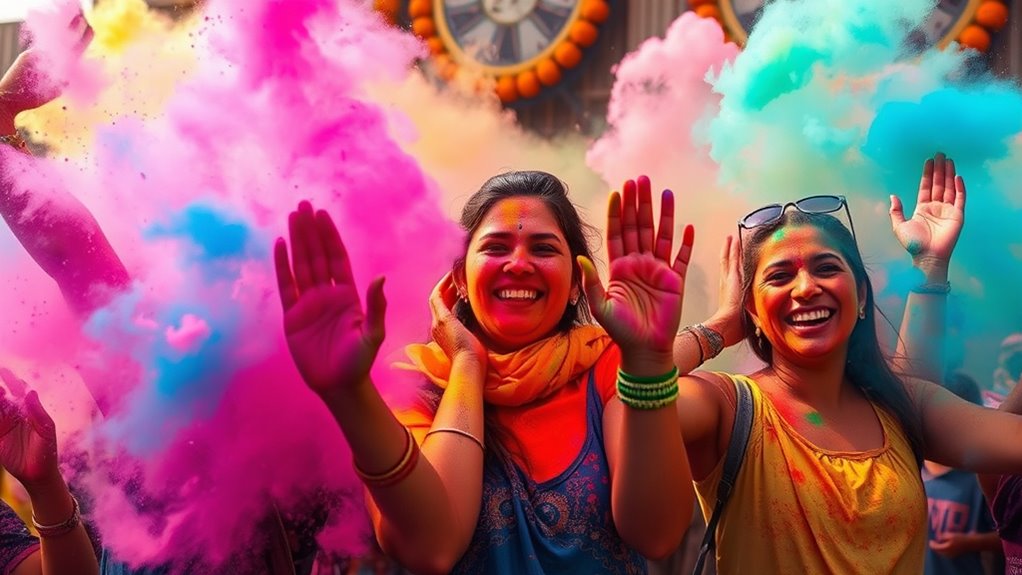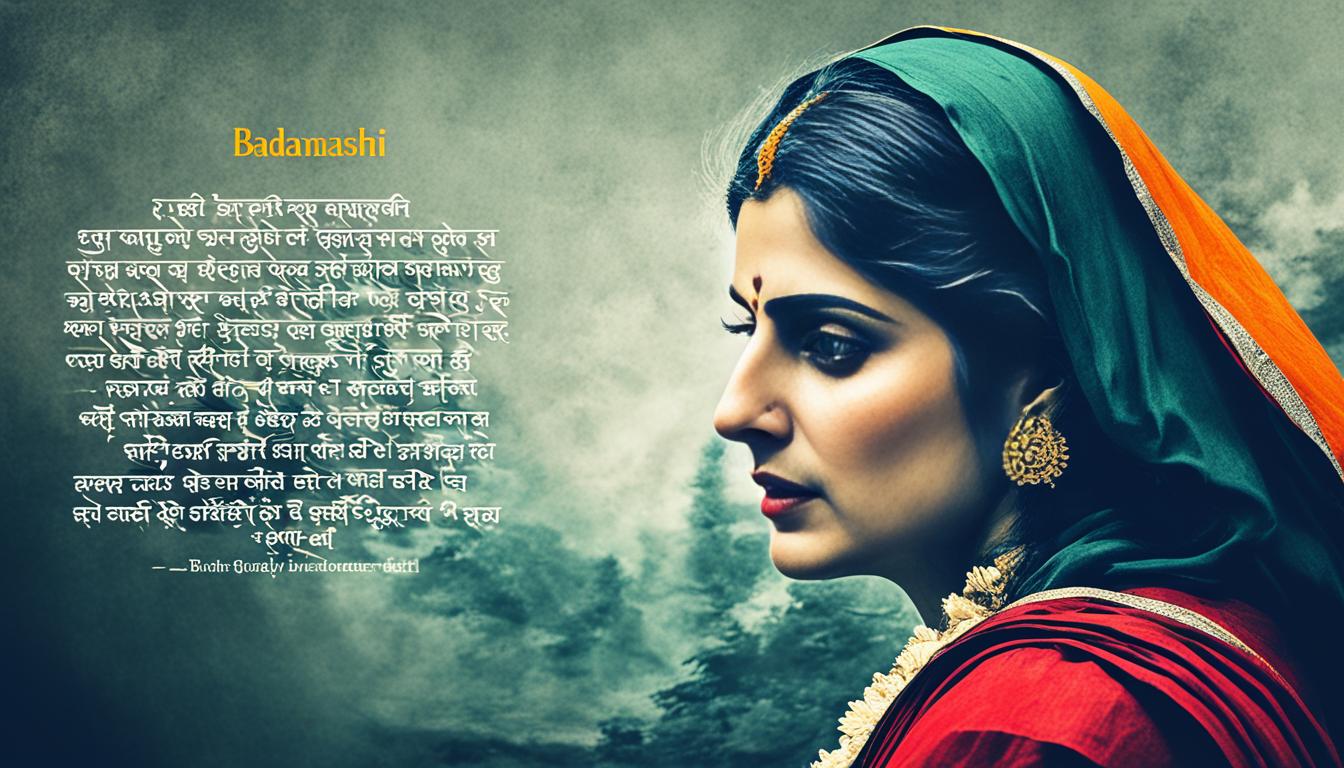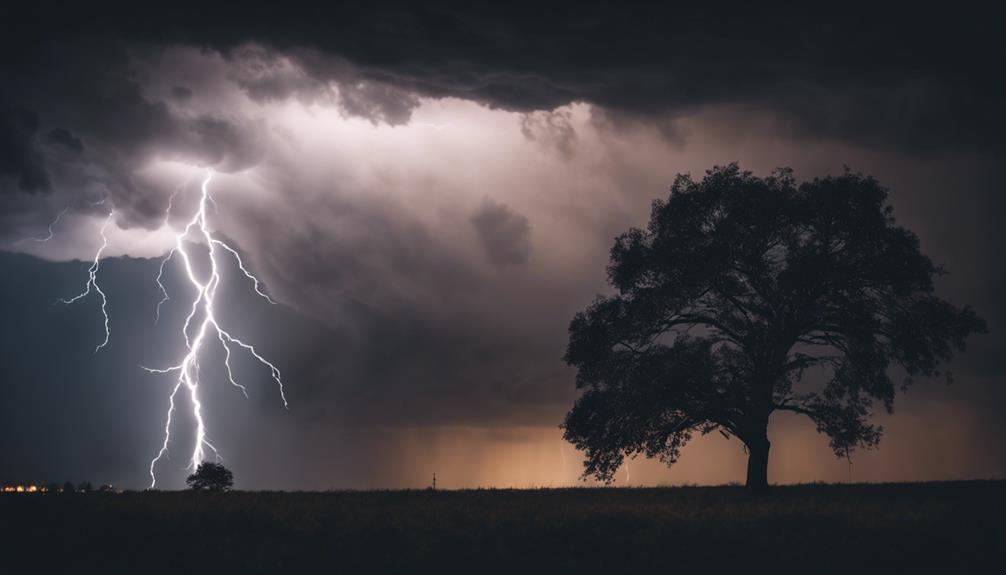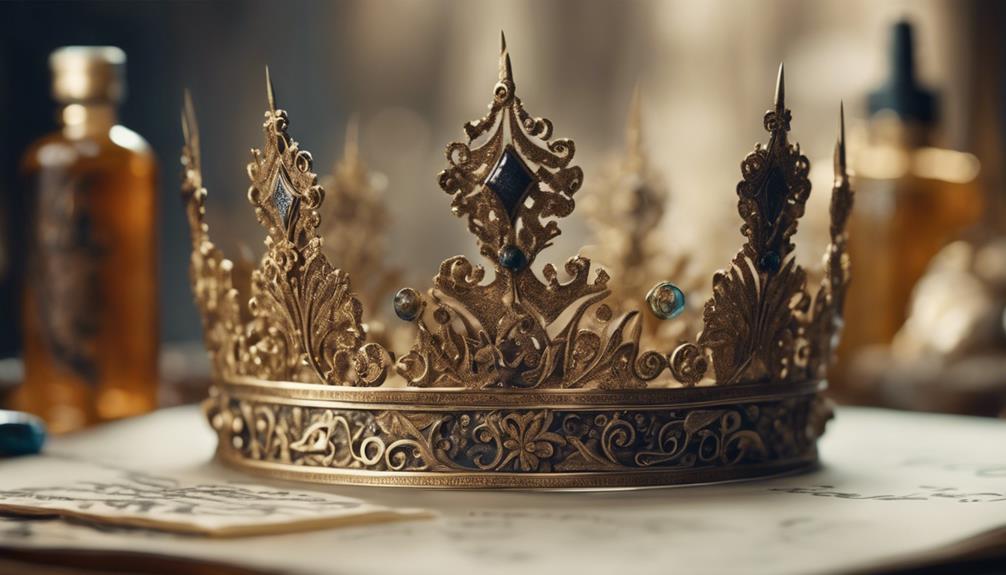During Holi, the vibrant colors symbolize joy, renewal, and deep spiritual meanings, making celebrations more meaningful. You can honor these traditions by understanding the symbolism behind each color and practicing safe ways to enjoy the festivities like using natural, non-toxic powders and protecting your skin and eyes. Respect regional customs and focus on community spirit to deepen your experience. If you stay attentive, you’ll discover how embracing these aspects can enhance your celebration even more.
Key Takeaways
- Colors in Holi symbolize joy, unity, and spiritual themes like love, harmony, and victory of good over evil.
- Use natural, organic colors to ensure safety and minimize skin and eye irritation during celebrations.
- Understanding the cultural significance of each color enhances appreciation and mindful participation in Holi festivities.
- Traditional celebrations vary regionally, incorporating music, rituals, and community-specific customs that deepen cultural connection.
- Focused awareness of Holi’s spiritual and cultural meanings promotes respectful, meaningful, and safe festivities.

Holi, the vibrant Hindu festival celebrated across India and beyond, is famous for its lively splash of colors that symbolize joy, unity, and the triumph of good over evil. As you participate in this lively celebration, it’s important to understand the ritual significance behind the colors. In Hindu tradition, colors are more than just bright pigments; they carry deep spiritual meanings. For example, red represents love and fertility, while green signifies new beginnings and harmony. The act of throwing colors during Holi is rooted in the myth of Prahlad and Holika, symbolizing the victory of devotion and righteousness over evil. This ritual signifies the cleansing of sins and the renewal of life, making the festival a moment of spiritual rebirth. As you join in, remember that each color you toss is a reminder of these profound themes.
Engaging in the festival with mindfulness can deepen your understanding of its significance and enhance your overall experience. Cultural variations add richness to Holi celebrations across different regions. In North India, the event often involves singing, dancing, and playful water fights, with people dousing each other in vibrant powders and colored water. In South India, Holi might be observed with traditional music and religious rituals, emphasizing devotion and spiritual reflection. In parts of Bengal and Odisha, the festival is closely linked with religious ceremonies and offerings, and the colors symbolize different aspects of nature and divine energies. In some communities, specific colors are associated with particular deities or local legends, making each region’s celebration unique. As you explore these variations, you’ll notice how local customs shape the way Holi is celebrated, infusing each event with distinctive cultural flavors.
Understanding these cultural variations enhances your appreciation of the festival’s diversity. It encourages respect for different traditions and fosters a more meaningful experience. Whether you’re engaging in a lively street party in Delhi or a traditional ritual in a small village, recognizing the ritual significance and cultural uniqueness of each celebration deepens your connection to Holi. It’s not just about playing with colors; it’s about embracing the history, beliefs, and community spirit that make Holi so special. As you prepare to throw colors or participate in the festivities, keep in mind the deeper meanings behind your actions. This awareness enriches your experience, allowing you to celebrate with both joy and respect for the rich cultural heritage that makes Holi truly remarkable. Additionally, understanding the role of attention in the practice can help you engage more fully and meaningfully in the celebrations.
Frequently Asked Questions
How Did Holi Festival Colors Originate Historically?
You might wonder about the Holi festival origins and its historical significance. Historically, Holi marks the victory of good over evil and celebrates the arrival of spring. The vibrant colors symbolize joy, love, and unity, rooted in Hindu mythology. You’ll notice that the playful throwing of colors has evolved over centuries, reflecting cultural traditions and stories. Today, Holi’s colors serve as a colorful reminder of hope, renewal, and togetherness.
Are There Environmental Impacts of Holi Colors?
The environmental impacts of Holi colors can be like a silent storm. Traditional synthetic colors often harm the environment, polluting water and soil. To protect nature, you should choose eco-friendly alternatives, which are safer for ecosystems and health. By making this switch, you help reduce pollution, ensuring that the vibrant celebration leaves behind joyful memories, not environmental scars. Your choices can turn a colorful festival into a sustainable celebration.
What Are Traditional Holi Colors Used in India?
You’ll find that traditional Holi colors in India include vibrant hues like red, green, yellow, blue, and orange. These colors result from natural color mixing and hold deep cultural significance, symbolizing love, fertility, and the arrival of spring. During Holi, people celebrate these colors to express joy and unity. Using natural, eco-friendly powders enhances the festival’s meaning and respects tradition, making the celebration safer and more meaningful.
Can Holi Colors Be Used on Sensitive Skin?
Did you know that about 60% of people have sensitive skin? When it comes to using Holi colors on sensitive skin, you should be cautious. Natural alternatives are a great choice, as they’re gentler and reduce irritation. Always do a patch test first, and opt for organic, herbal powders to enjoy the festival safely. Your skin will thank you for choosing colors that celebrate tradition without causing harm.
How Is Holi Celebrated in Different Countries?
You might wonder how Holi is celebrated around the world. In different countries, Holi global celebrations showcase cultural variations, from India’s traditional rituals to Nepal’s lively festivities. In the West, communities often organize color throws and music events, emphasizing unity and joy. No matter where you are, these celebrations highlight the festival’s vibrant spirit, blending local customs with the universal theme of renewal and togetherness.
Conclusion
As you celebrate Holi, remember that the vibrant colors symbolize love, unity, and the triumph of good over evil. Embrace the festival with joy and mindfulness, ensuring safety remains a priority—think of it as your own personal Renaissance, where every splash fosters connection. With thoughtful preparation and respect for tradition, you’ll create memories as timeless as the Mona Lisa, all while honoring the spirit behind this beautiful celebration.









